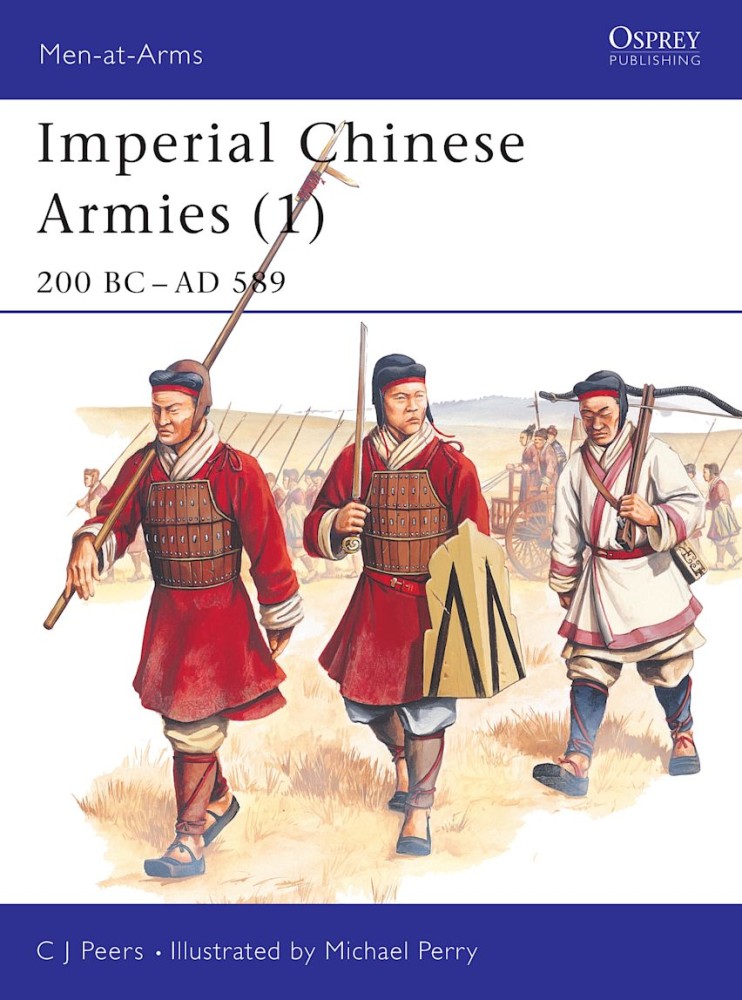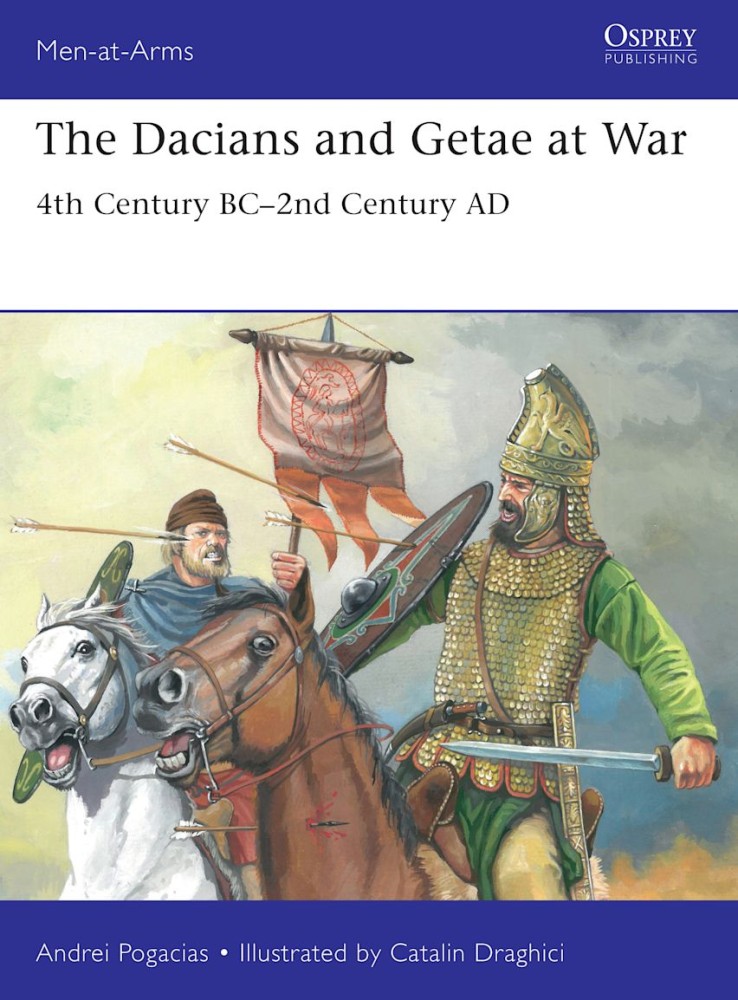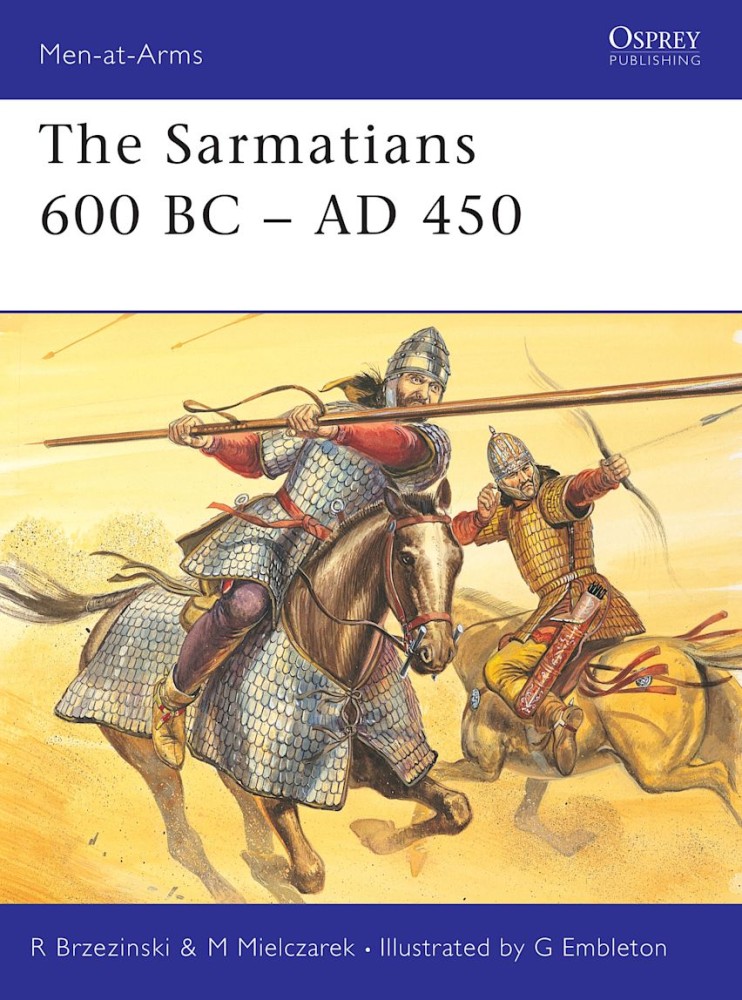After AD 304 the five 'barbarian' tribes divided north China among themselves, setting up dynasties which were often Chinese only in name, and feuding constantly both with each other and with the native states, whose stronghold was now in the south. It was under this barbarian influence that the heavily-armoured cavalry which were to become the striking force of the great T'ang dynasty in the 7th and 8th centuries first developed. In a knowledgeable text complemented by numerous illustrations, this book explores the history, weaponry, tactics and organisation of medieval Chinese armies between 200 BC and AD 589.
This intriguing book describes the Romans' formidably warlike enemies in modern Romania and Bulgaria – their 'most illustrated' opponents, thanks to friezes on Trajan's Column and carvings on Trajan's Adamklissi monument.
The Sarmatians - one of the many nomadic groups to emerge from the great Eurasian Steppe - crossed the Don in about the 3rd century BC to displace their western neighbours, the Scythians, in the lands north of the Black Sea. Later they burst into Asia Minor and Rome's Danube provinces, becoming famous for the prowess of their lance-armed cavalry - first as enemies, and later as allies of Rome. They influenced Rome's adoption of heavy armoured cavalry, and in Roman service they were even posted to Britain. Drawing upon a wide reading of Classical authors and of Russian archaeological publications, this fascinating study is the first major English language attempt to reconstruct their armour, equipment and tactics.



